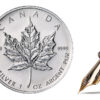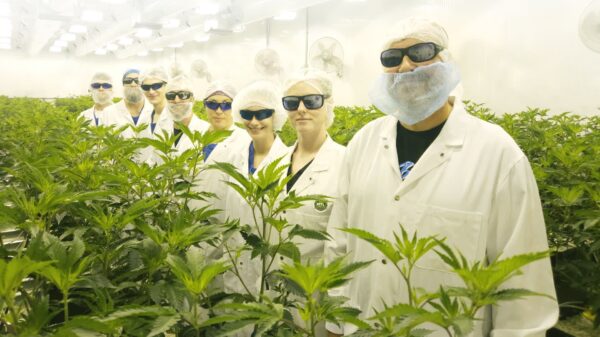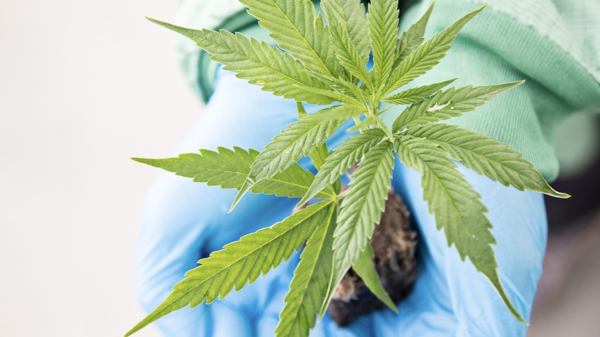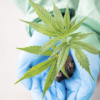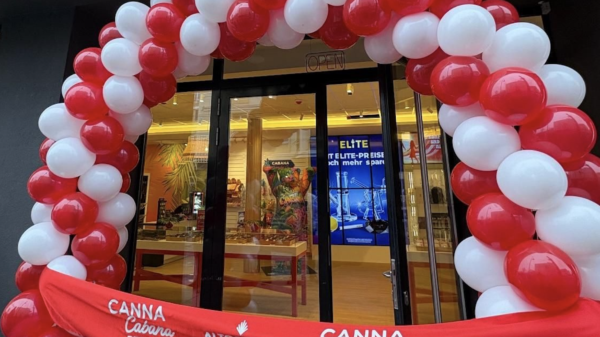Finally, something boomers and millennials can actually agree on: how relaxing weed is.
For the two generations, criticizing the other can be a full-time hobby. The young mock the old for being out of touch and irrelevant with “OK boomer,” while the old write off the young for being lazy, sensitive and fond of avocado toast.
But a new survey done by multi-state cannabis retailer Verilife has found that baby boomers and millennials see eye-to-eye on a couple things when it comes to cannabis.
Both groups cited relaxation for their top reason to use weed recreationally, and spent similar monthly averages of dough on dope. Millennials reported spending around US$78 per month, while boomers reported spending US$75 per month.
Read more: Boomers make up 30% of cannabis market: BDS Analytics

Graphic from ‘Marijuana & the Differences Between Millennials vs. Baby Boomers’ survey, courtesy of Verilife
Using an online platform, Verilife surveyed 1,000 people between the age of 24 to 39, and 1,000 people between the age of 56 to 74 — from May 29 to June 5, 2020. All of the respondents self-reported as regular cannabis users, hailing from states with different weed laws.
When it comes to using cannabis to treat physical ailments, both groups cited chronic pain as one of their top reasons to self-medicate. Just over one quarter of millennials said they use medical weed to treat chronic pain, followed by 13 per cent who use weed for migraines. Boomers’ top reason for using medical weed was to treat arthritis (15 per cent) followed by chronic pain (13 per cent).
Read more: Giving dogs daily CBD improves arthritis symptoms: study

Millennials are far less likely than boomers to share a joint with their boss, according the Verilife. Image via Deposit Photos
Top reasons for using recreational weed were also similar, with both groups reporting relaxation, being social, and helping with anxiety as their main reasons to use cannabis.
The majority of both generations believe cannabis has medical benefits, and over 60 per cent of both groups would prefer to be prescribed cannabis over other pharmaceuticals to relive pain.
But — resume yelling at one another about sensitivity — that’s where the similarities seem to end.
Both millennials (50 per cent) and boomers (39 per cent) said their favourite way to get high was by taking a bong hit, with edibles (18 per cent) coming in second in popularity for the younger generation, while boomers said capsules (23 per cent) were their second favourite way to consume.
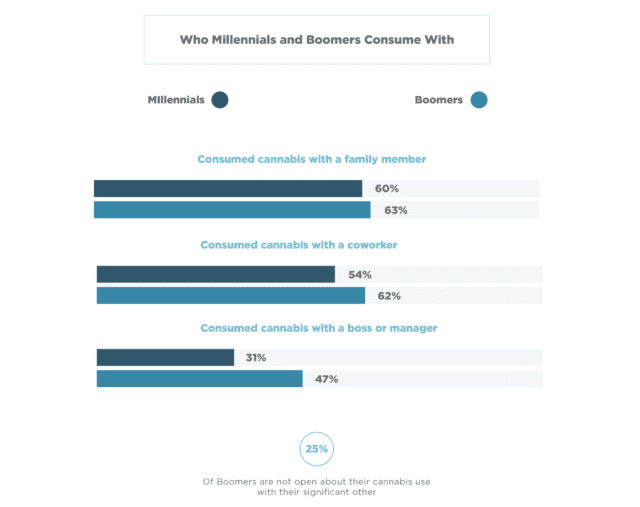
Graphic from ‘Marijuana & the Differences Between Millennials vs. Baby Boomers’ survey, courtesy of Verilife
The age gap also sharply comes into focus when looking at who the different generations consume cannabis with. Boomers take the lead on using with a family member, consuming with a coworker and even getting high with a manager or their boss. However, one quarter of boomers say they are not open with their partner about their cannabis use.
Since the Covid-19 pandemic began, weed use has also been on the rise, Verilife found. Whether to help with anxiety or to make staying at home more interesting, 36 per cent of millennials and 44 per cent of boomers report using more weed since Covid — and both groups report buying an average of US$27 more weed each month.
Cannabis data company Headset, Inc., also recently released a study breaking down how different generations spend money on cannabis.
Boomers still rep their love of flower power, Headset reported, with over half of their collective weed purchases dedicated to bud, followed by vape pens. Millennial purchases are more diverse, but just under half is made up of flower, followed by vapes making up one-fifth of their purchases.
Headset’s data is based on transaction data collected from the United States.
Top image via Deposit Photos
michelle@mugglehead.com
@missmishelle





